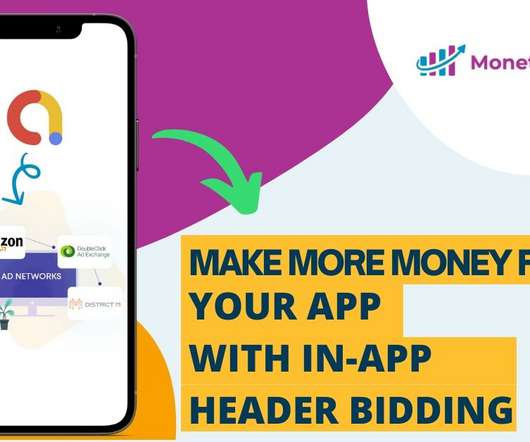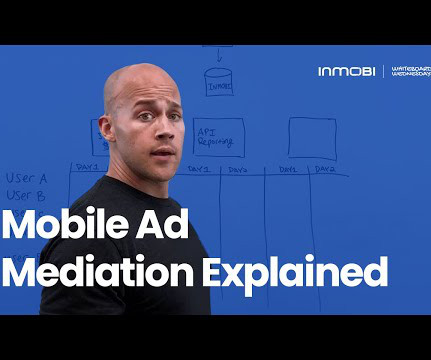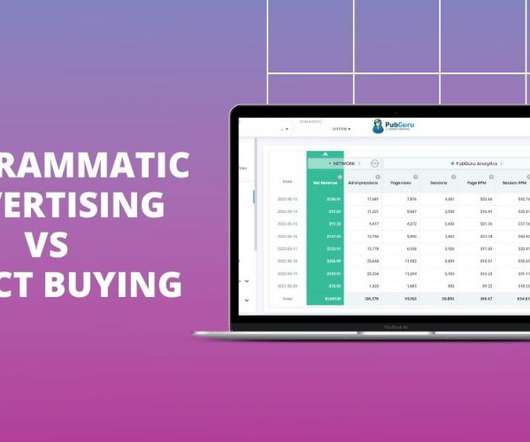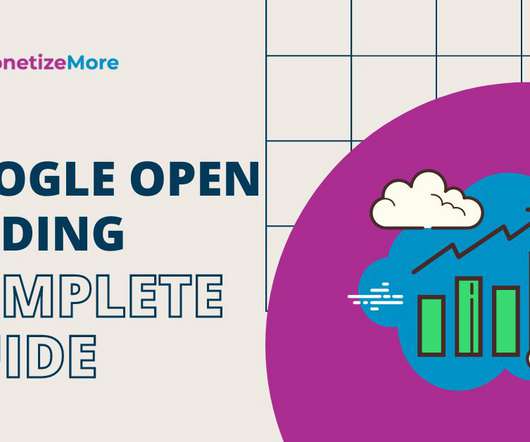The WIR: Google Changes Tone on News Value, ProSieben Board Approves Sale of Non-TV Assets, and Publicis Integrates Firefly into CoreAI
VideoWeek
MARCH 21, 2025
CTV Ad Fill Rates Fell in 2024 Finds Wurl Ad fill rates on CTV decreased in 2024, according to the latest CTV Trends Report from ad tech company Wurl, suggesting demand has not kept pace with the proliferation of supply.




















Let's personalize your content